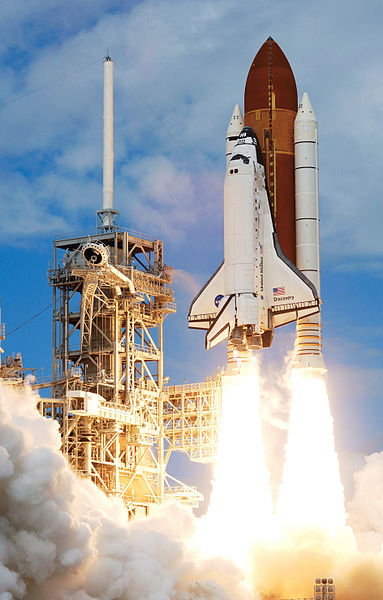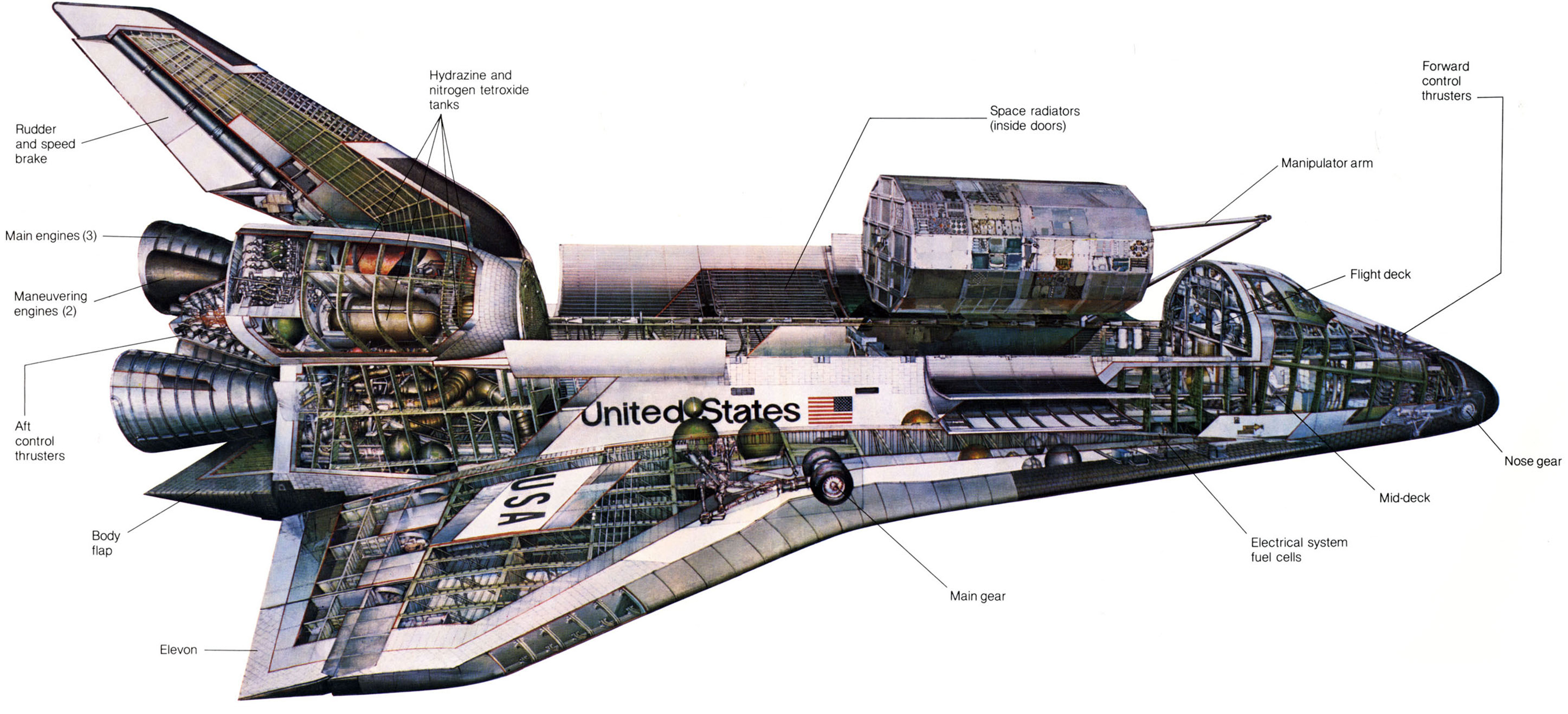NASA's Manned Space Vehicles
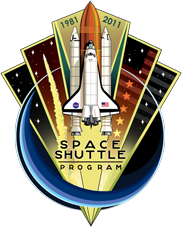
Space Shuttle Program
The Space Shuttle, officially designated as Space Transportation System (STS), was the first reusable space vehicle. It accomplished tremendous technological goals during thirty (30) years of space exploration. The program ran between 1981 and 2011. The vehicle included rocket launch, orbital spacecraft and a re-entry space-plane. As it was a re-usable spacecraft it was capable of not only carrying satellites into space, but also bringing them back safely to earth. In all there were five fully operational shuttles used for space flight. They were called Columbia, Challenger, Discovery, Atlantis, and Endeavour.
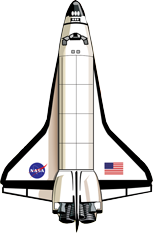
A test vehicle for the Space Shuttle, without any engines or heat shield, performed its first test flight on September 17, 1976. It was originally planned to be named Constitution. A campaign by fans of Star Trek television show petitioned President Gerald Ford that the orbiter be named after the show's Starship Enterprise. Although President Ford did not mention the campaign, the president said that he was "partial to the name" and overrode NASA officials. In total there were 135 missions flown over the thirty year period. Two of the vehicles were lost.
On January 28, 1986 Challenger (mission STS-51L) exploded 73 seconds after takeoff with seven crew members aboard resulting in the total loss of vehicle and crew, including a civilian teacher. On February 1st 2003, the Crew of seven astronauts, including the first Israeli astronaut, was lost after a sixteen (16)-day mission when the Columbia space shuttle exploded on re-entry. The accident was later attributed to damage sustained to foam insulation damaging the orbiter at lift off. NASA developed a plan to scan the vehicle in space and safely repair similar damage on later missions.
Launch
For launch the Space Shuttle sat atop two recoverable booster rockets and a disposable fuel tank, known as the 'Stack'. The Shuttle stack launched vertically like a conventional rocket. It lifted off under the power of its two solid rocket boosters and three main engines, which were fueled by liquid hydrogen and liquid oxygen from the external tank. About two minutes after liftoff explosive bolts were fired releasing the solid rocket boosters which then parachuted into the ocean for recovery and re-use. Finally the external Fuel tank was jettisoned as the spacecraft neared orbit and left to fall and burn up in the atmosphere. All Space Shuttle missions were launched from Kennedy Space Center.
Design
The Orbiter Vehicle resembles a conventional aircraft with delta wings and measures 122 ft by 56 ft and has a wingspan of 78 ft. The payload bay, which measured 15 ft by 60 ft, had two doors which swung open for payload deployment as well as a remote manipulator arm. The pressurized crew compartment can carry up to seven people. There are three levels to the crew cabin. Uppermost is the flight deck where the commander and the pilot control the mission. The middeck is where the gallery, toilet, sleep stations, and storage and experiment lockers are found for the basic needs of weightless daily living. Also located in the middeck is the airlock hatch into the cargo bay and space and beyond.
Landing
The Space Shuttle lands like a conventional airplane, although it is an unpowered descent. In effect the Space Shuttle glides to a landing. With the exception of deploying the landing gear, the re-entry and landing was normally computer controlled. The approach and landing phase could be controlled by the autopilot, but was usually hand flown. The Shuttle was fitted with a foam block based heat shield to protect it from the extreme heat generated upon re-entry to the Earth's atmosphere.
Meet The Shuttles
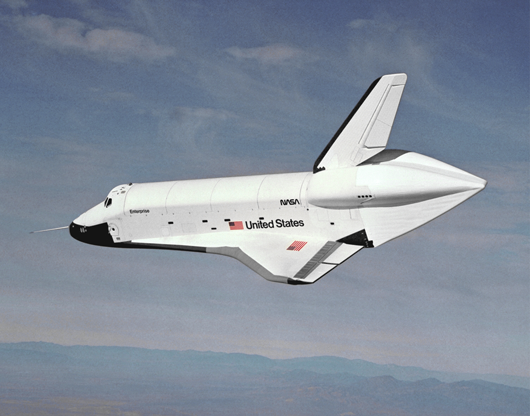
Enterprise
Enterprise arrived at Kennedy space center on April 10th 1979. Enterprise was NASA's first space shuttle. Enterprise was a test shuttle and never actually went in to space. It was named Enterprise after the popular TV show "Star Trek" after fans petitioned the President.
← The Space Shuttle prototype Enterprise flies free after being released from NASA's 747 Shuttle Carrier Aircraft
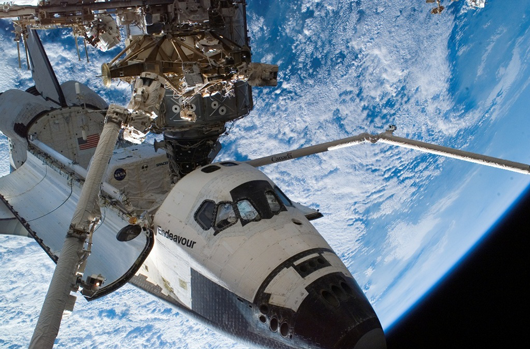
Endeavour
Endeavor was delivered to Kennedy space center in 1991. This shuttle was the last one made for the 30 year space shuttle program.
← The shuttle Endeavour in orbit of our planet earth
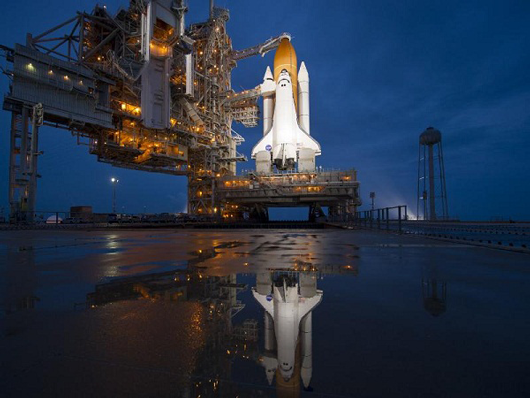
Atlantis
Atlantis arrived at Kennedy space center in April 1985. Atlantis was the 4th operational shuttle and was the last shuttle to go in to space and conclude the space program.
← The space shuttle Atlantis gets ready for the last shuttle launch of the shuttle program.
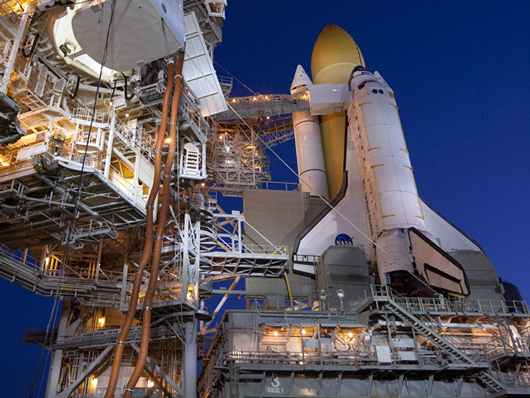
Discovery
Discovery was delivered to the Kennedy space center in November of 1983. Discovery was NASA's third operational space shuttle. Discovery went on thirty-nine (39) successful missions.
← The space shuttle discovery is ready on the launch pad for its launch on April 5th 2010
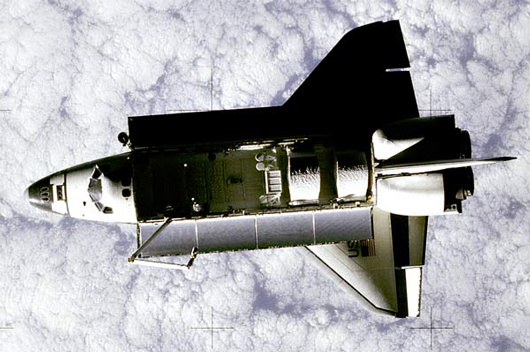
Challenger
Challenger arrived at the Kennedy space center in July 1982. The challenger was NASA's 2nd operational space shuttle. The challenger flew nine successful missions. The challenger was lost in 1986, seventy-eight (78) seconds after launch because of a booster failure.
← The Space Shuttle Challenger in orbit of earth.
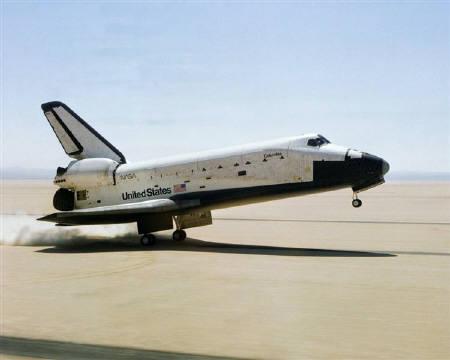
Columbia
Columbia was delivered to the Kennedy space center in November 1979. Columbia was the 2nd operations space shuttle and was destroyed in February 2003
← The Space Shuttle Columbia touches down on a lakebed runway 23 at Edwards Air Force Base to conclude the first orbital shuttle mission.
← Apollo
Astronauts cannot burp in space.
